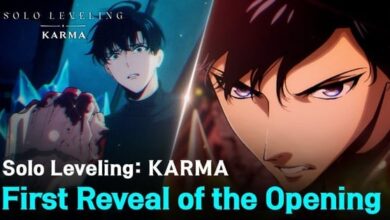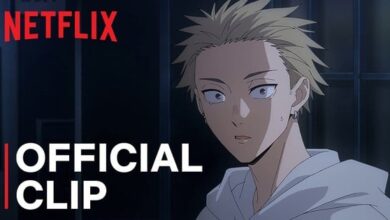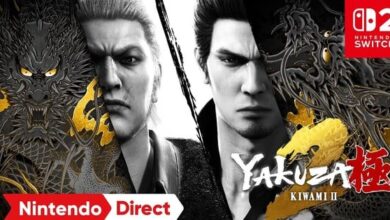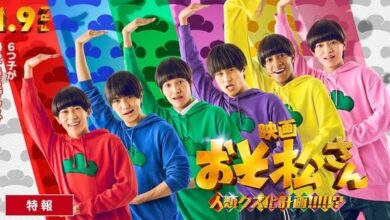Manga to Show Your Pride – This Week in Anime

Happy Pride! Steve and Lucas browse through some queer manga in celebration.
Disclaimer: The views and opinions expressed by the participants in this chatlog are not the views of Anime News Network.
Spoiler Warning for discussion of the series ahead.
Steve, I know you and the majority of our readership probably don’t need this reminder, but it’s PRIDE MONTH!!! While the This Week In Anime crew never needs much of an excuse to talk about queer media (case and point, our Toxic Together chat last week), the whole team would be remiss if we didn’t use this month as an opportunity to highlight some queer manga for folks all across the gender and sexuality spectrums to check out!
© Hiromu Arakawa/SQUARE ENIX, MBS, ANX, BONES
Are you ready to take pride in discussing some equally open-minded manga?
Of course! We’re about halfway through June now, and while the political landscape is rough out there, I think that’s all the more reason to seize the moment and double down on the breadth and beauty of the human experience.
And speaking of breadth, one thing our Lezhin feature last week impressed on me was the sheer volume of queer reading material published daily. I tried counting the number of BL webtoons on that site and gave up. Manga is a different story, obviously, but I came to a similar conclusion while preparing for this column. There is so much out there. More queer manga of more genres and for more demographics than we’ll ever be able to adequately cover in a single feature. More than I’ll ever know in my lifetime. Even listing my favorites was a daunting task, but a reassuring one as well. These stories aren’t going anywhere.
Absolutely! A big part of why I got into manga as a kid is that I wanted to read stories different from the ones I had already experienced. Whether it’s because the manga industry is more niche, which allows a specific series to endure with a smaller audience of readers, or social differences between Japan and the U.S., there’s a wealth of queer manga to explore! I love that, as I grow older and my identity shifts, manga as a medium keeps providing me with new stories that help me figure out these budding parts of myself.
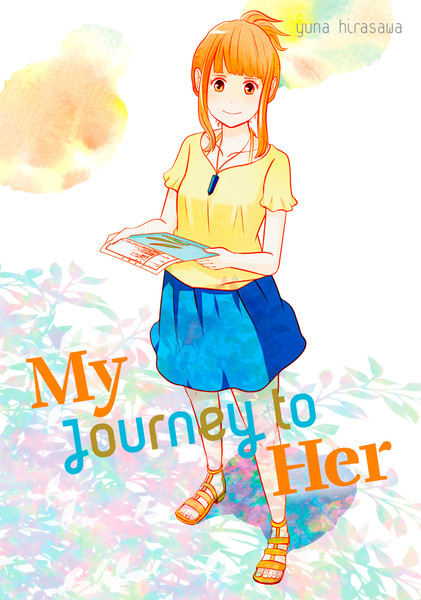
© 2016, 2024 Yuna Hirasawa
Deservedly so, too! It’s an uncommonly frank and graphically detailed account of her gender-affirming surgery in Thailand back in 2015. It’s as affecting as it is educational. She uses this food-based model to skirt censorship and explain how vaginoplasty works, and it’s the most informative breakdown of the procedure I’ve ever seen.
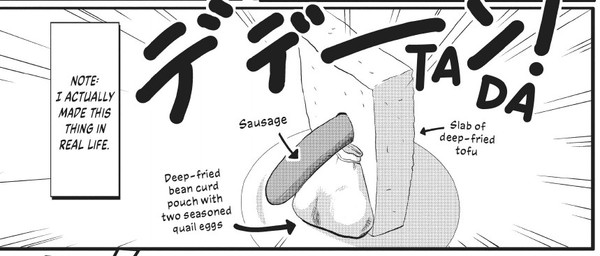
© 2016, 2024 Yuna Hirasawa
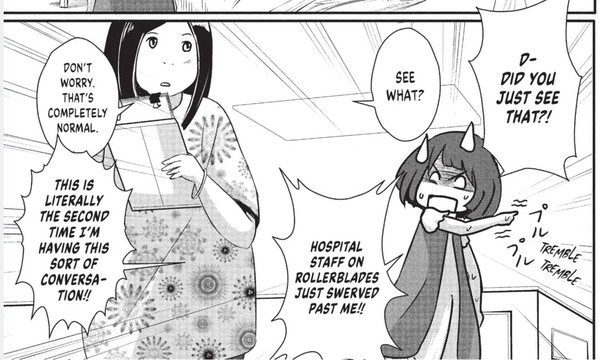
© Yūna Hirasawa, Kodansha
Even as I think the Thailand culture shock jokes are a little grating for me, I appreciate Yūna Hirasawa sharing her experiences. She’s courageous to show such vulnerability in writing about an intimate part of her life, and I can’t help but admire this work.
It’s also a good companion piece to The Bride Was a Boy, another autobio from a trans woman written around the same time. My Journey to Her focuses more on the specifics of the surgery, while Chii‘s book has a broader scope.
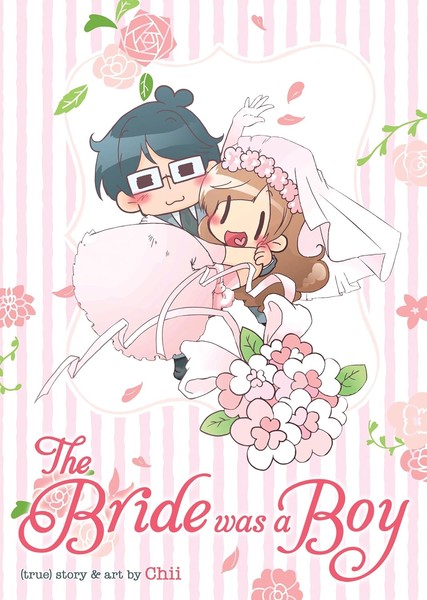
© Chii 2016
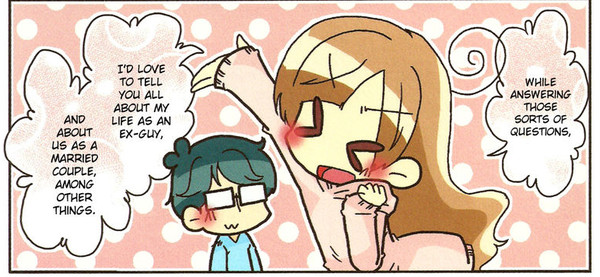
© Chii, Seven Seas Entertainment
I also own a physical copy of it because this was before my shelves started running out of space and after Seven Seas started to publish a lot of LGBTQIA+-oriented manga, which was a big deal at the time!
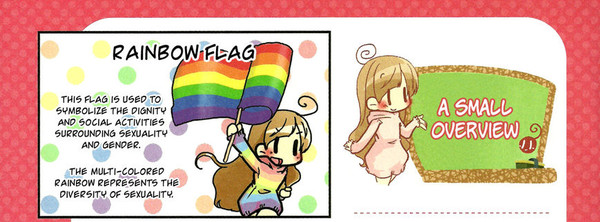
© Chii, Seven Seas Entertainment
As I prepared for this column, I became increasingly curious about Japanese queer culture and imagery, and I wish I had this kind of succinct rundown of Japanese-specific terms and history.
For example, Nagata Kabi’s oeuvre has drawn its fair share of criticism for her raw and confessional style, but My Lesbian Experience with Loneliness also did well enough commercially and critically to warrant a “special edition” printing. That’s quite the journey for something originally published on pixiv, and it spoke to a lot of people, yours truly included.
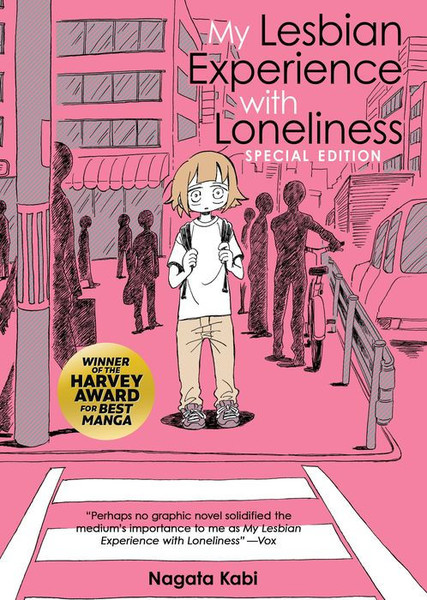
© Kabi Nagata 2016
To your point about the definition of “queer manga” being both tumultuous and eclectic, I checked out what I’ve heard referred to as the first queer manga: Hisashi Eguchi‘s Stop!! Hibari-kun!
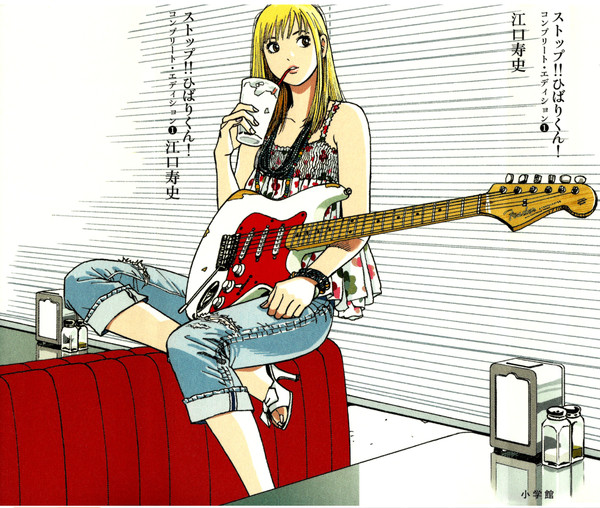
© Hisashi Eguchi, Shueisha
Following the story of a young man who has to live with a yakuza family where the only son presents extremely femininely, it’s immediately a totem that explains why a lot of gender non-conforming characters are treated the way they are in so many works and one of those quirky older queer texts that come off as well-meaning but are super clunky in its terminology and delivery.
It’s certainly not the “first” queer manga. I don’t know if there’s a definitive answer for what it is, but shojo mangaka, in particular, were no strangers to playing with gender and sexuality in the ’70s. Moto Hagio herself wrote works like The Heart of Thomas, a BL progenitor, and They Were 11!, a sci-fi thriller with some gender weirdness in it.
By the way, I just got a physical copy of Denpa‘s release of They Were 11!, and that is a chonky boy stuffed full of Hagio’s gorgeous art.
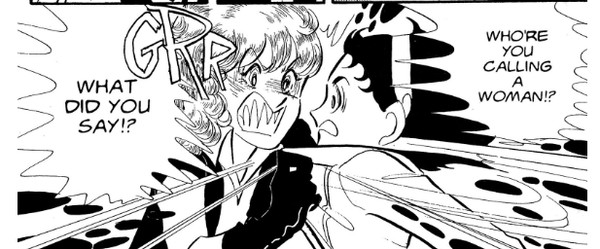
© Moto Hagio, Shogakukan
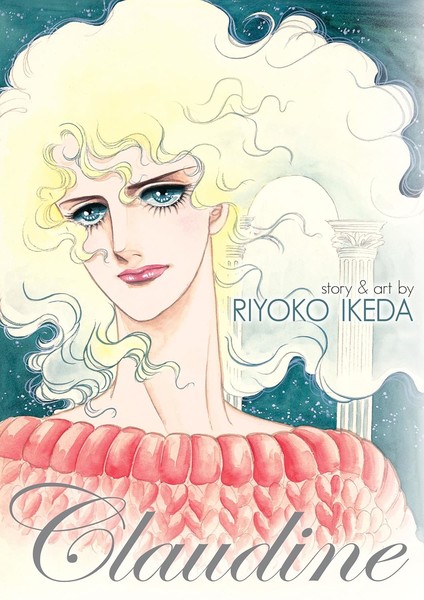
© Ikeda Riyoko Production 1978
Claudine isn’t perfect—it should be named Claude instead—but like Hibari-kun, it’s an important part of the grander narrative.
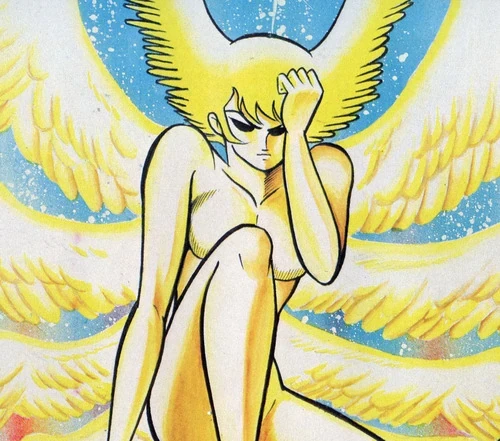
© Go Nagai, Kodansha
While the original work itself isn’t explicitly queer, Satan’s androgyny and the “close friendship” between Akira and Ryo inspired some queer readings of the work in the decades since it was published. These readings would later be canonized in Science SARU‘s DEVILMAN crybaby anime, which I’m happy to say is gay and awesome!
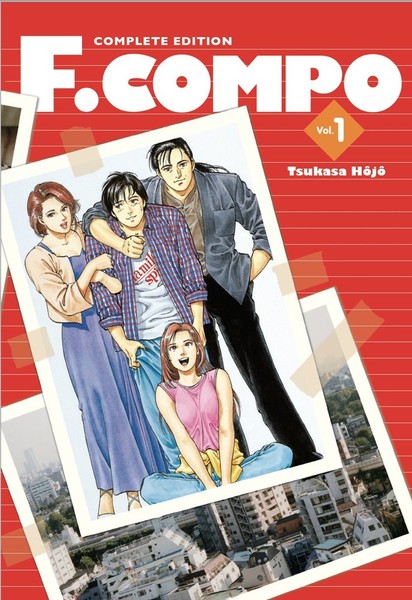
© Tsukasa Hojo / Shueisha
Like, I’m not expecting much from something made in the ’90s with this premise, but I think it’s valuable nonetheless to see that mangaka have always been exploring queer themes and characters.
With that premise and pedigree, reading F. COMPO sounds like a win-win! It’s either going to be a shockingly prescient critical look at gender and gender dynamics or the campiest thing on the planet with absolutely no middle ground! Now more than ever, this piece of queer literature and fiction needs to come stateside!
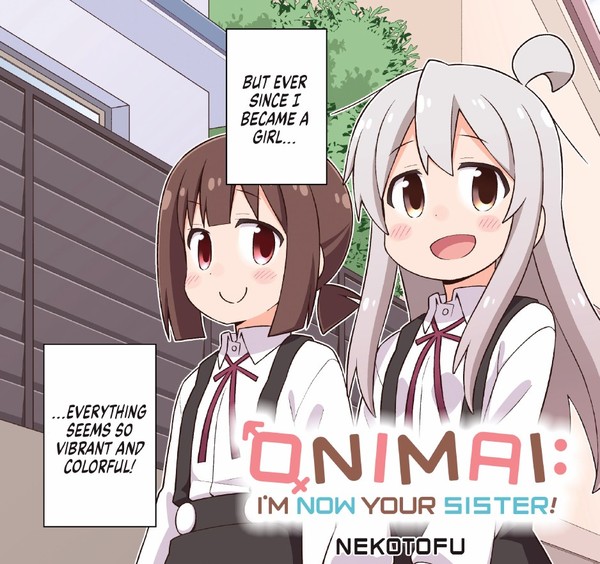
© 2022 Nekotofu
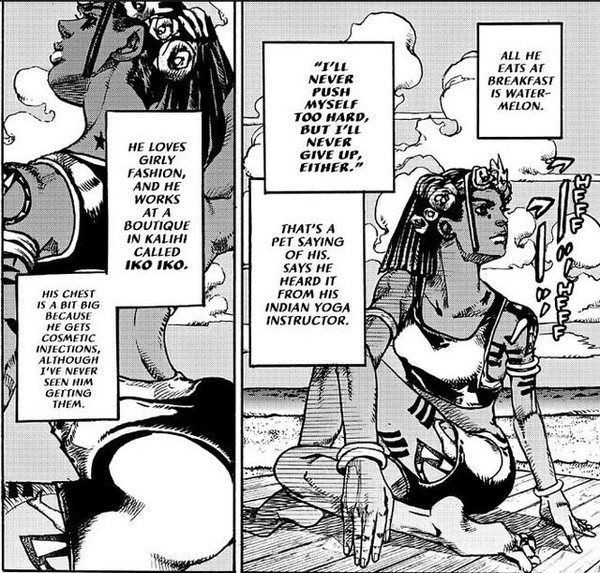
© 2024 by LUCKY LAND COMMUNICATIONS/SHUEISHA Inc.
JoJo’s Bizarre Adventure introduced an explicitly gender non-conforming protagonist in Part 9‘s Dragona. Despite this, the manga is a tentpole in the queer anime community and was partially responsible for me figuring out my relationship with attraction and gender expression.
I have seen people online get really upset at the implication that JoJo‘s is anything but the straightest of straight manga, and that is the funniest hill to die on.
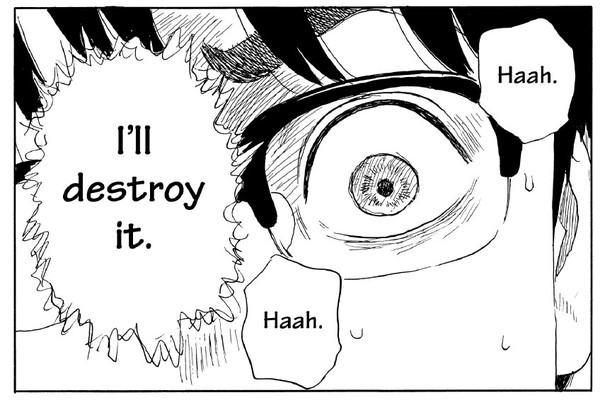
© 2023, 2024 Shuzo Oshimi
Inside Mari is an older work of his, dealing with similar gender questioning, and I can also recommend that. While The Flowers of Evil isn’t explicitly queer, in the context of Oshimi’s later manga, you can extract some potent readings from it.
And, while we’re talking about more gruesome queer manga, I’ve got to shout out one of my favorite queer-tinged manga, Q Hayashida‘s Dai Dark.
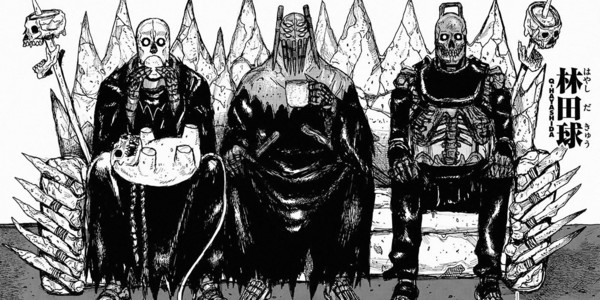
© Q Hayashida, Shogakukan
While not explicitly dealing with queer issues or politics, this manga features a cast of characters that are explicitly targeted and under threat by a puritanical society due to parts of their identity that they cannot control. Even while persecuted, these characters find tremendous joy in various parts of their life, and it captures the emotionality of being a person under the LGBTQIA+ umbrella.
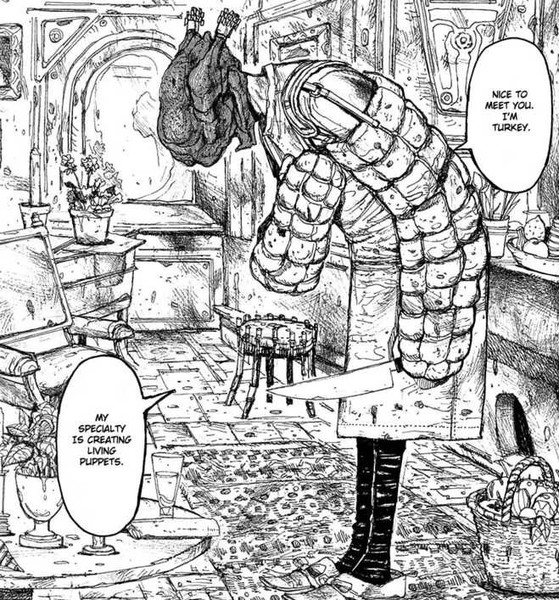
© Q Hayashida/Shogakukan
Horror is just perfect for probing at society’s rough edges and hypocrisies. But you can also do a lot with more down-to-earth narratives. One of the best queer manga of the past decade has to be Our Dreams At Dusk, which at times feels excruciatingly tethered to reality in between its brief flights of fancy and stunningly composed symbolism.
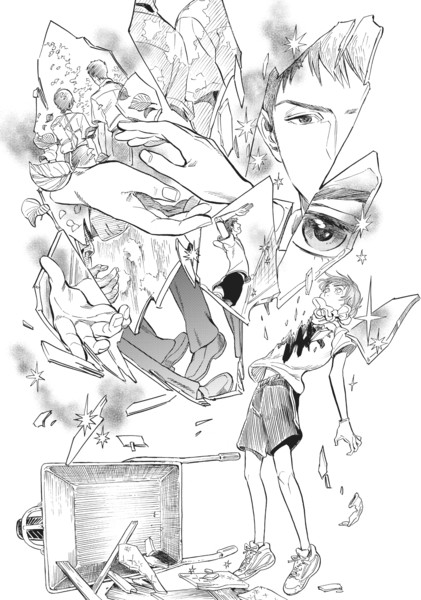
© 2015 Yuhki Kamatani
It also stands out from its peers for its focus on an intersectional and multi-generational queer support group, as well as the different tiers of discrimination they face. It covers a tremendous amount of territory in four volumes and never seems to shortchange any of its characters.
That multi-generational aspect got my ears to perk up! Queer expression and culture have changed rapidly over the past few decades, and I’m 1000% down to read any work that explores how people of different ages and circumstances relate to this part of their identity and fit it into their broader lives.
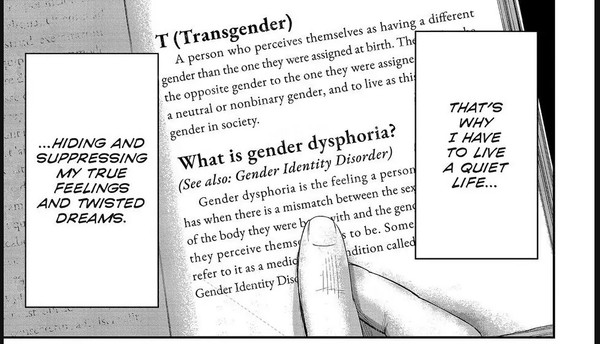
© Keito Gaku/Kodansha
It’s excellent and swings for the fences right out of the gate, and I can’t recommend it enough!
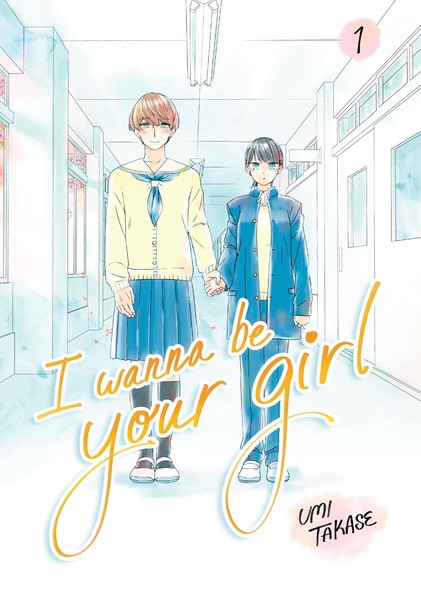
© 2019, 2021, 2025 by Umi Takase/COMICSMART INC.
It’s very fluffy, and I like that it’s being published by Penguin Random House specifically for young readers. I hope that’s a sign of things to come.
Now, on a completely different note, queer manga doesn’t have to be all-ages to be queer. There’s a whole world of porn catering to all types and identities, and I think that deserves mention as well. I remember being stoked, for instance, when Fakku started their LGBTQIA+ imprint, Kuma. I picked up one of their first titles, Can an Otaku Like Me Really Be an Idol?, and it’s a lot of fun! Gay crossdressing shenanigans where the crossdresser tops!
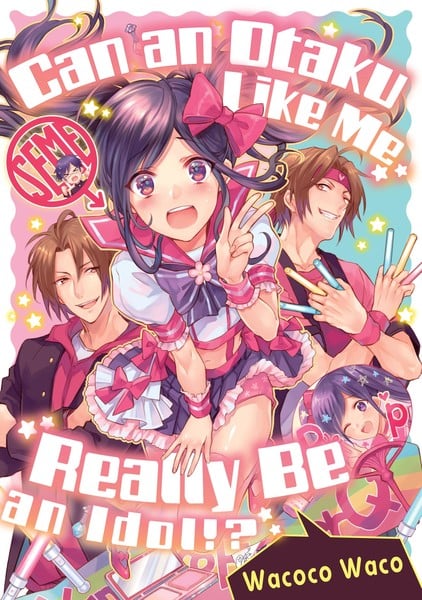
© Waco Wacoco / TAKE SHOBO 2017
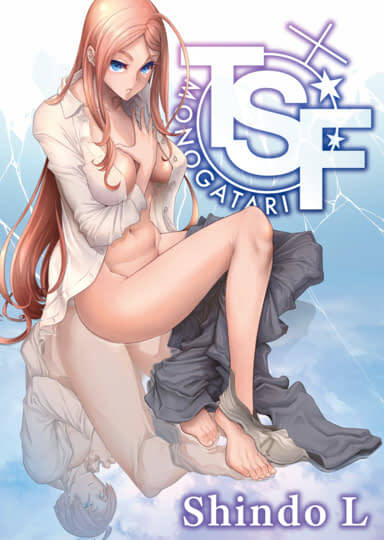
© 2011 Shindō L
I cannot stress enough that this work is primarily hardcore smut with some gender-bending MacGuffins thrown in for the sake of plot progression. But there’s undoubtedly something queer going on under the hood in this manga, and I’m sure I’m not the only person who has awakened to some of these ideas thanks to this work.
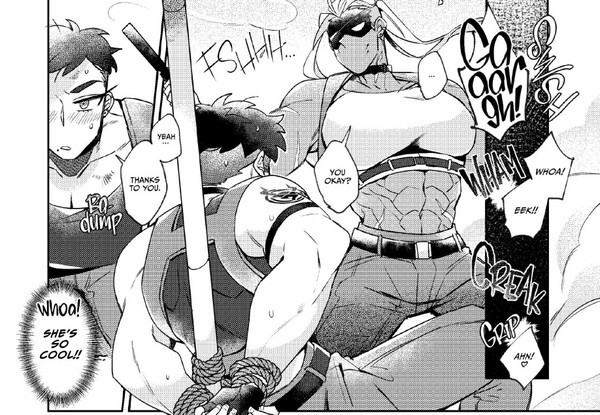
© 2021, 2022 gram (G-PLANET)
Can you tell they liked Jasper a lot?
And here’s my obligatory Gushing Over Magical Girls plug, which we’re getting in physical form next month. Because, in all seriousness, the intersection of queerness and kink is an intersection worth exploring.
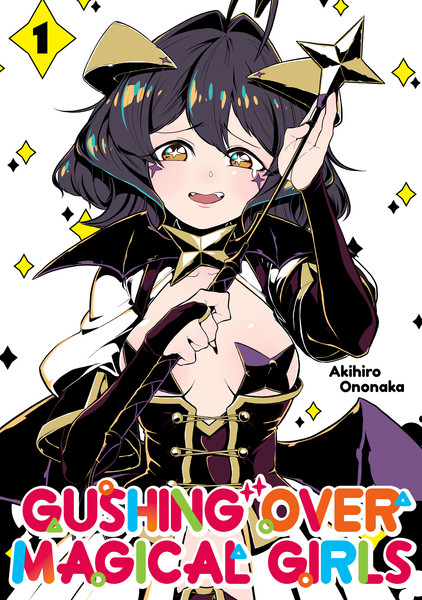
© 2019 Akihiro Ononaka / TAKESHOBO
I live at the intersection of kinky and queerness! I got a nice corner apartment looking down at that crossroads! Sure, there are more traffic collisions due to reckless driving than you’d like to see, but it’s still a pretty good spot to hunker down!
In all seriousness, I’m pretty convinced that the only reason more people aren’t openly queer or kinky is because of the undue social stigma against either of those identities. There’s so much overlap with those communities because once people have made their peace with one set of prejudices being lobbied against them, taking on a similar set isn’t that much more of a burden.
It makes sense! I’m looking at how much we’ve written so far and how many titles I still haven’t mentioned. Do you want to do some lightning-round recommendations before we wrap up?
Let’s do it!!!
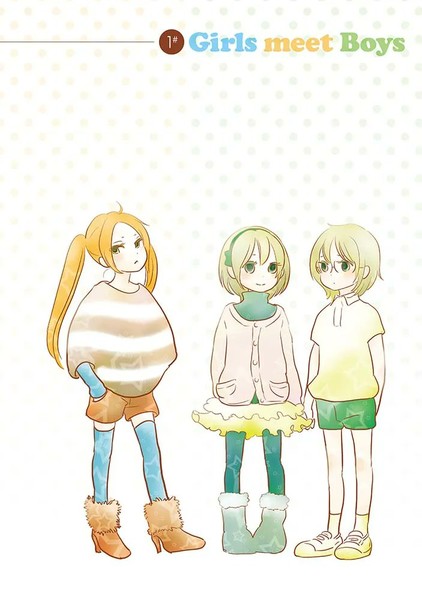
© Fumiko Fumi / Tokuma Shoten
If I’ve realized nothing else while writing this column with you, it’s that there’s still plenty of queer art for us to discuss! I know it’s hard to believe this with persecution against queer folks becoming growingly institutionalized, but it genuinely seems like the number of openly queer people in the world grows every year and that the demand for queer stories rises accordingly. Unfortunately, it will keep being hard fought, but I genuinely believe that folks all across the LGBTQIA+ spectrum will continue to come up in the years ahead, and I can’t wait to experience the art they create in the process.
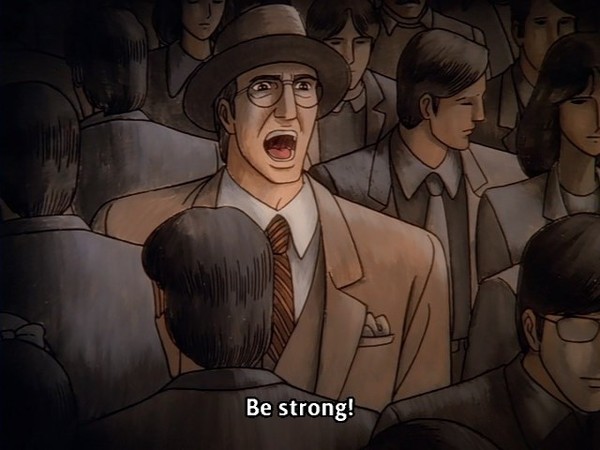
© NHK / NEP / Ikeda Riyoko Productions /Tezuka Productions

